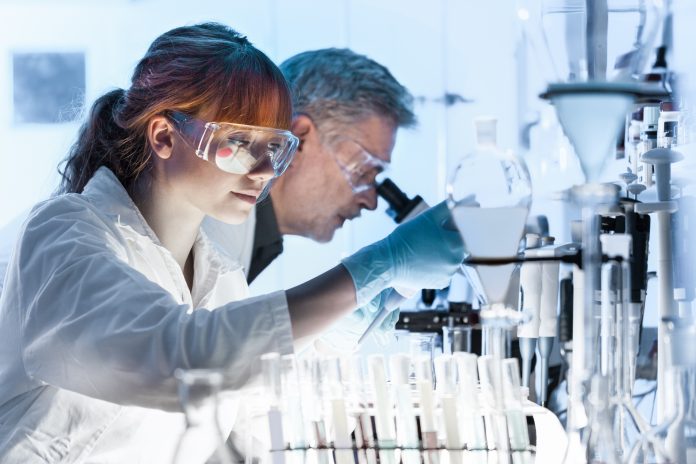A study has outlined how two proteins are instrumental to bringing cholesterol into cells – a finding that has implications for a range of diseases.
Scientists have shown for the first time how two proteins provide a tunnel for so-called bad cholesterol to enter our body cells.
The finding – conducted on cell lines in the lab – has implications for how we may develop future drugs for heart disease, a rare genetic disorder affecting children and even the Ebola virus.
In a paper published recently in the prestigious journal Cell, a team of researchers including molecular biologists from UNSW Sydney made a detailed analysis of the form and function of proteins encoded by two genes in humans – NPC1 and NPC2 – and analysed their role in transporting low-density lipoprotein (LDL) cholesterol into our body cells via lysosomes.
Seeing is believing
UNSW Science’s Professor Rob Yang says the international team of researchers, which involved scientists from Princeton University (New Jersey) and Tsinghua University (Beijing), used cryo-electron microscopes to observe proteins at the near-atomic level in great detail – something that was not possible just 10 years ago.
The research was partially funded by the Ara Parseghian Medical Research Fund.
The lysosomes, which encapsulate cholesterol before releasing it into the cell’s plasma, also have a protective function against invading viruses. Studies have shown that the Ebola virus enters human cells after binding with the NPC1 protein. Professor Yang says this research may provide new insight into a strategy to stop Ebola in its tracks.
“Normally the acidic conditions in the lysosome break down foreign invaders,” he says. “But the Ebola virus latches on to the NPC1 protein and gets a free passage into the cell where it can then make lots of copies of itself and infect other cells.
“If we know this is the mechanism, we could develop drugs to block the Ebola virus from ‘shaking hands’ with the NPC1 protein, leaving the Ebola virus to be broken down by the lysosome’s acidic environment.”
Professor Yang says this same approach to target Ebola could have potential implications for developing treatment approaches for COVID-19, since it is also an RNA virus, and could potentially enter a body’s cells via NPC1.









